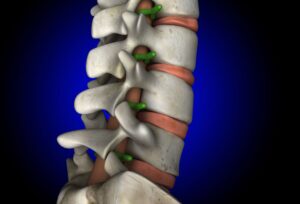How Speeding Is Related to Auto Accidents
The lawyers of Flickinger • Boulton • Robson • Weeks have helped countless injury victims throughout Provo in their time of legal need. We fight diligently for your legal entitlements every step
The lawyers of Flickinger • Boulton • Robson • Weeks have helped countless injury victims throughout Provo in their time of legal need. We fight diligently for your legal entitlements every step

At Flickinger • Boulton • Robson • Weeks, we take great pride in helping the injured through every phase of the legal process. By working with a skilled injury attorney at our
UTAH INJURY LAWYERS
Flickinger • Boulton
• Robson • Weeks
PROVO OFFICE
3000 N University Ave
Suite 300
Provo, UT 84604
SOUTH JORDAN OFFICE
10393 S. Temple Dr.
Suite 103
South Jordan, Utah 84095
OFFICE HOURS
Monday- Friday: 8AM-5PM
Saturday-Sunday: Closed
*Disclaimer: the information provided by this website is for informational purposes only and should not be considered legal advice or a substitute for competent legal counsel.
**SMS consent and contact phone numbers will not be shared or sold to third parties or their affiliates for any purpose.
© 2025 All Rights Reserved.